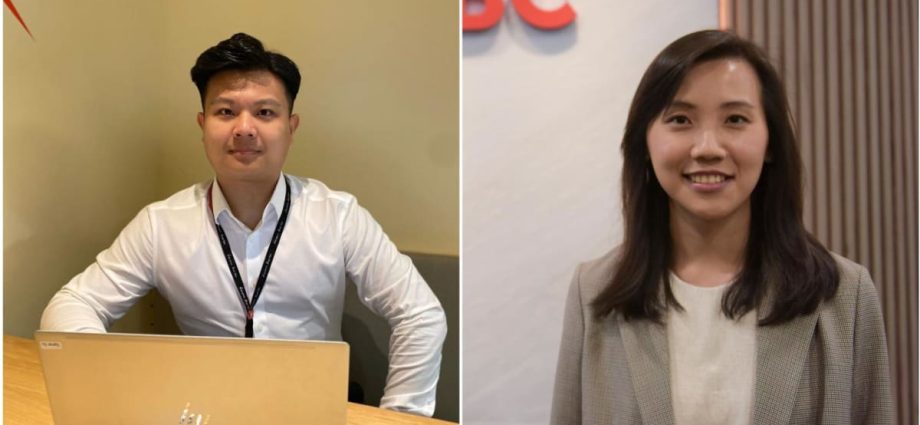
RECRUITING EX-POLICE OFFICERS
Between December 2021 and January 2022, nearly 800 people were duped in an SMS phishing scam involving OCBC. More than S$13 million was lost.
The bank ended up covering the full amount as “goodwill payouts”.
Several months after the incident, OCBC consolidated its anti-scam and fraud functions under one department then tripled its headcount for the team to more than 100.
The move was in anticipation of an increase in the number and complexity of scams, said Mr Beaver Chua, the bank’s head of anti-fraud.
Two-thirds of the team are involved in 24-hour surveillance work, while others are stationed at the police’s anti-scam command centre or involved in advisory and analysis.
Singapore banks also recruit former law enforcement officers for their anti-scam teams. Also in demand are those with experience in fraud risk management and advisory, as well as system analysts and fraud analytics experts.
This varied nature of talent needed reflected how scams were becoming more sophisticated and technologically driven, banks said.
“It is quite challenging,” said OCBC’s Mr Chua. “In the past, the team would normally just have ex-police officers but now we need people with diverse backgrounds and different kinds of expertise.”
One such hire was Beverly Teo, formerly with the Commercial Affairs Department (CAD), the police’s white-collar crime investigation agency.
As an anti-fraud specialist with OCBC, Ms Teo advises on controls that can help prevent scams, such as the slew of security updates targeted at malware scams. She also works on various scam-related training and awareness programmes for both bank staff and customers.
Ms Teo said her experience at the CAD’s Suspicious Transaction Reporting Office and the Public Institutional Fraud Division has come in handy.
“All those would have taught me things like understanding commercial transactions, how to investigate individuals and businesses by reading their ledgers,” she said.
“The bank has a lot of data, so my experience helps me to analyse and understand it, and identify any abnormalities in the financial transactions.”

